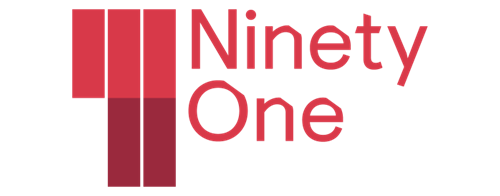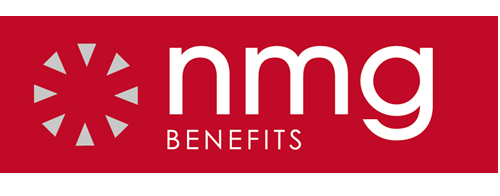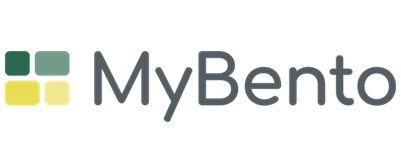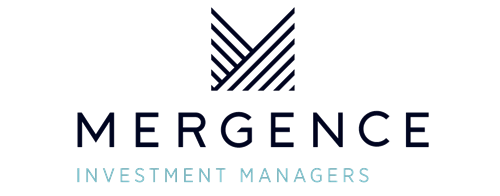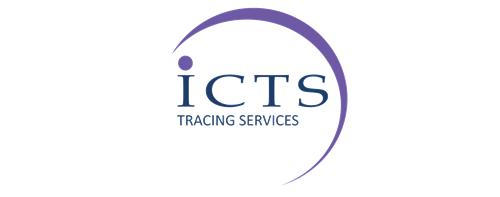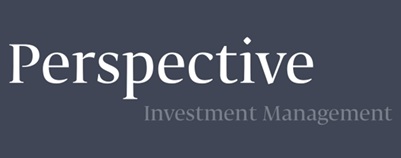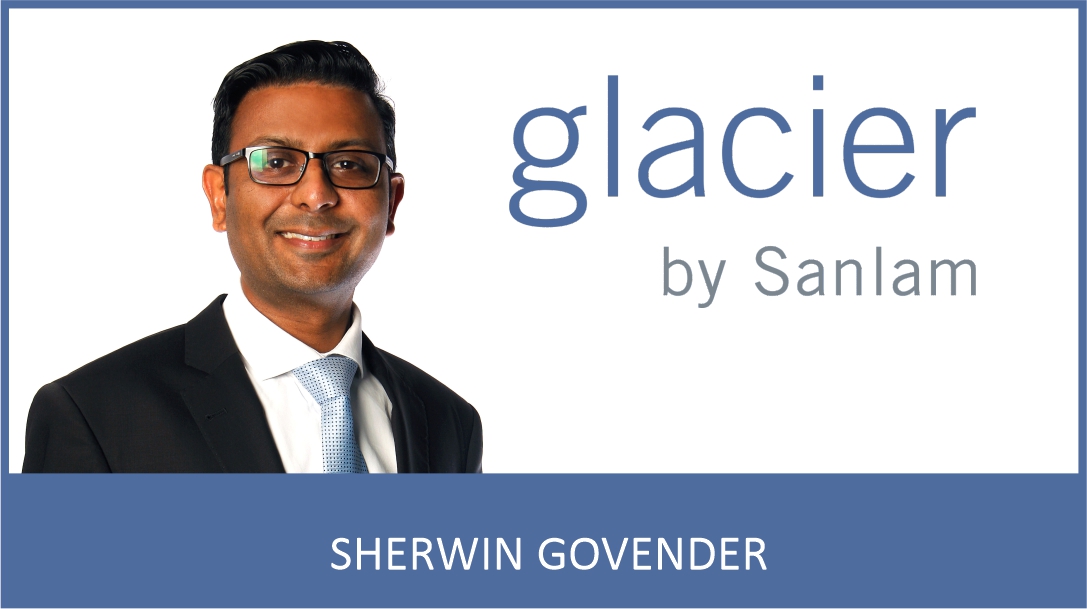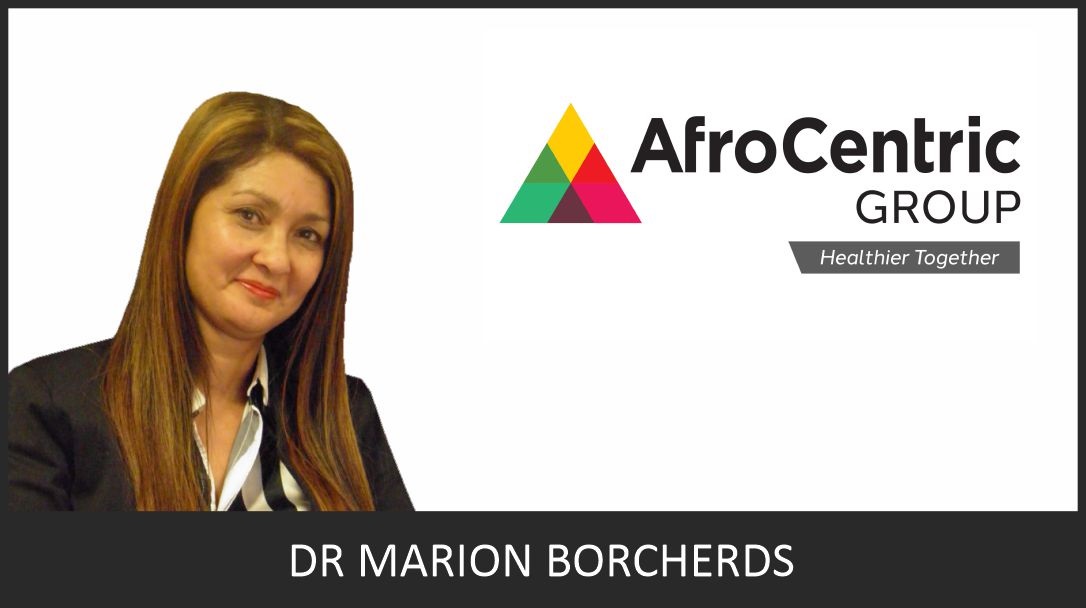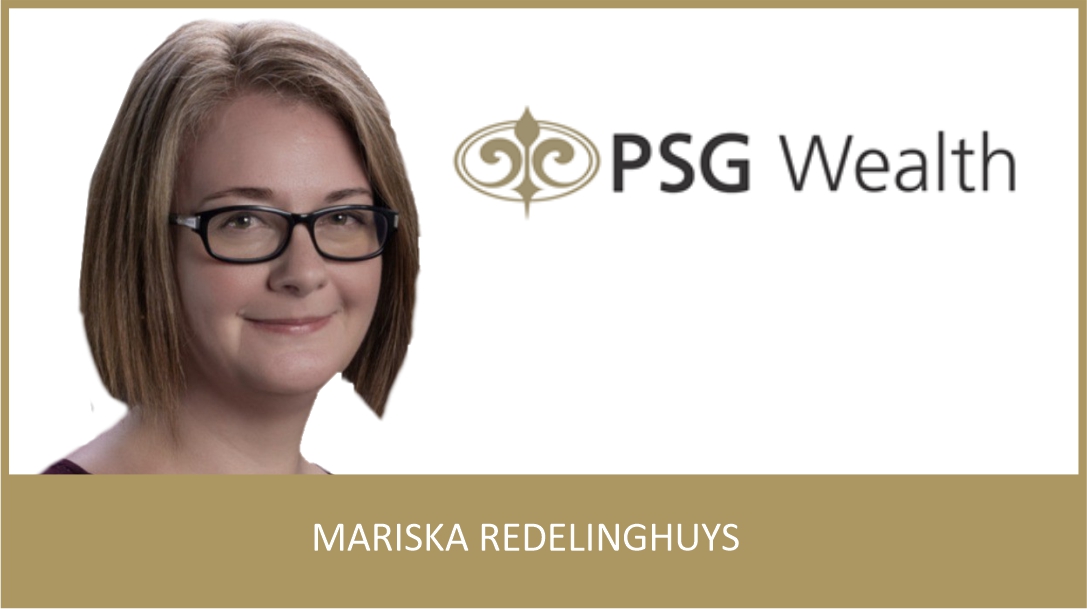Sherwin Govender, Business Development Manager, Glacier by Sanlam
Many young professionals are earning well, but too much of that income goes into lifestyle upgrades and debt, not investments. *Studies show that many high-income earners spend all their income on debt financing and lifestyle and less than 5% on savings. This means that most top earners spend their lives servicing loans, leaving little to nothing behind to grow wealth. That’s where the Four Dimensions of Investing Checklist comes in.
As an investor, it’s a simple framework that you can use before making a big financial decision – whether it’s buying property, choosing an endowment, or even financing a new car – and ask four key questions:
- Will the return keep up with the inflation of my goal?
- The real risk is not meeting my goal – what could prevent me from doing so?
- Do I have the right level of liquidity – can I access the money when I need it?
- Am I using the most tax-efficient structure, and what trade-offs does that involve?
Used consistently, this checklist can be the difference between staying trapped in debt-driven consumption and building the kind of wealth that can be passed on to future generations.
Why we spend before we invest
Of course, knowing what to do and doing it are two different things. The truth is that our behavior often gets in the way. For example, many of us spend our first real salary bump on a new car. A brand-new popular vehicle on five-year finance could cost you close to R1.5 million. At the end of the five-year term there is very limited value left in the car, when compared to the options you have with a R1.5 million investment. The money is spent either way – but the long-term value created is very different.
The attention economy doesn’t help. Everything is vying for our focus. Social media rewards instant gratification and lifestyle spending, not compounding returns. Add short-term gratification – the thrill of driving a new car now versus watching an investment quietly grow over time – and it’s easy to see why so many of us fall into the trap. And then there’s present bias – our brains are wired to prioritise what’s right in front of us. Our ancestors had to focus on immediate threats like lions, not retirement decades away. That wiring makes long-term planning hard unless we actively check ourselves.
Breaking down the Four Dimensions
This is where the Four Dimensions checklist comes in. It translates good intentions into practical questions that keep your decisions aligned with your goals:
1. Return: Will this investment actually keep up with the inflation of my goal?
Return isn’t just about beating the Consumer Price Index (CPI). With CPI currently around 3.5%[1], the bigger question is whether your money grows fast enough to match the costs you’re aiming for.
- Saving for private education? School fee inflation is often over 10%[2] – far higher than CPI.
- Saving for a home? Property inflation in your chosen area is the benchmark.
Return must always be measured against real-life costs, not abstract averages.
2. Risk: What could stop me from achieving my goal?
The biggest risk isn’t market volatility – it’s failing to meet your goal. If your child’s school fees are due in 10 years, that’s a hard deadline, for example. The real danger is not having enough when the time comes, regardless of market swings.
Often the greatest threat is behaviour – panicking during downturns, pulling out early, or chasing higher returns elsewhere. The true risk is compromising the goal itself. Think about all the threats to your goal and find a way to mitigate each one.
3. Liquidity: Will I be able to access my money when I need it?
Liquidity is about timing and access, and whether your goal has a hard deadline.[3] Flexible goals, like holidays, can be delayed if markets dip. Hard goals, like school fees or medical bills, cannot. Liquidity determines how much risk you can afford to take. Fixed deadlines call for certainty; flexible goals allow more risk-taking.
4. Tax efficiency: Am I balancing tax benefits with the right level of access?
Every investment has tax consequences. Often, if you gain a tax advantage, you give up liquidity.
- Retirement annuities are highly tax-efficient – but historically locked away until age 55.
- Endowments provide tax benefits – but restrict access for five years.
The balance is clear: tax efficiency usually comes at the cost of flexibility. That trade-off must be managed deliberately.
Investing with your values in mind
Every investment comes with trade-offs – and they need to be managed deliberately. The Four Dimensions Checklist isn’t about denying yourself things that bring joy – it’s about making sure your money is aligned with what you value most.
Instead of asking, ‘Can I afford this today?’, the better question is, ‘Does this support the life I want in the future?’ By pausing to measure decisions against the checklist, you create space to think long-term, even when everything around you is pulling you into the short-term.
At Glacier, we believe every decision you make with your money is, in the end, an investment in your future self. When you pause, reflect, and run your choices through the Four Dimensions, you’re not just managing finances – you’re shaping the freedom, security, and opportunities you’ll have later in life.
* Source: Edwards, C & Barney, MSS (2012). Maintaining current lifestyles in later years can be a challenge for high net worth individuals
Glacier Financial Solutions (Pty) Ltd is a licensed financial services provider.
Sanlam Life Insurance Ltd is a licensed life insurer, financial services and registered credit provider (NCRCP43).
[1] https://www.statssa.gov.za/publications/P0141/P0141June2025.pdf
ENDS






